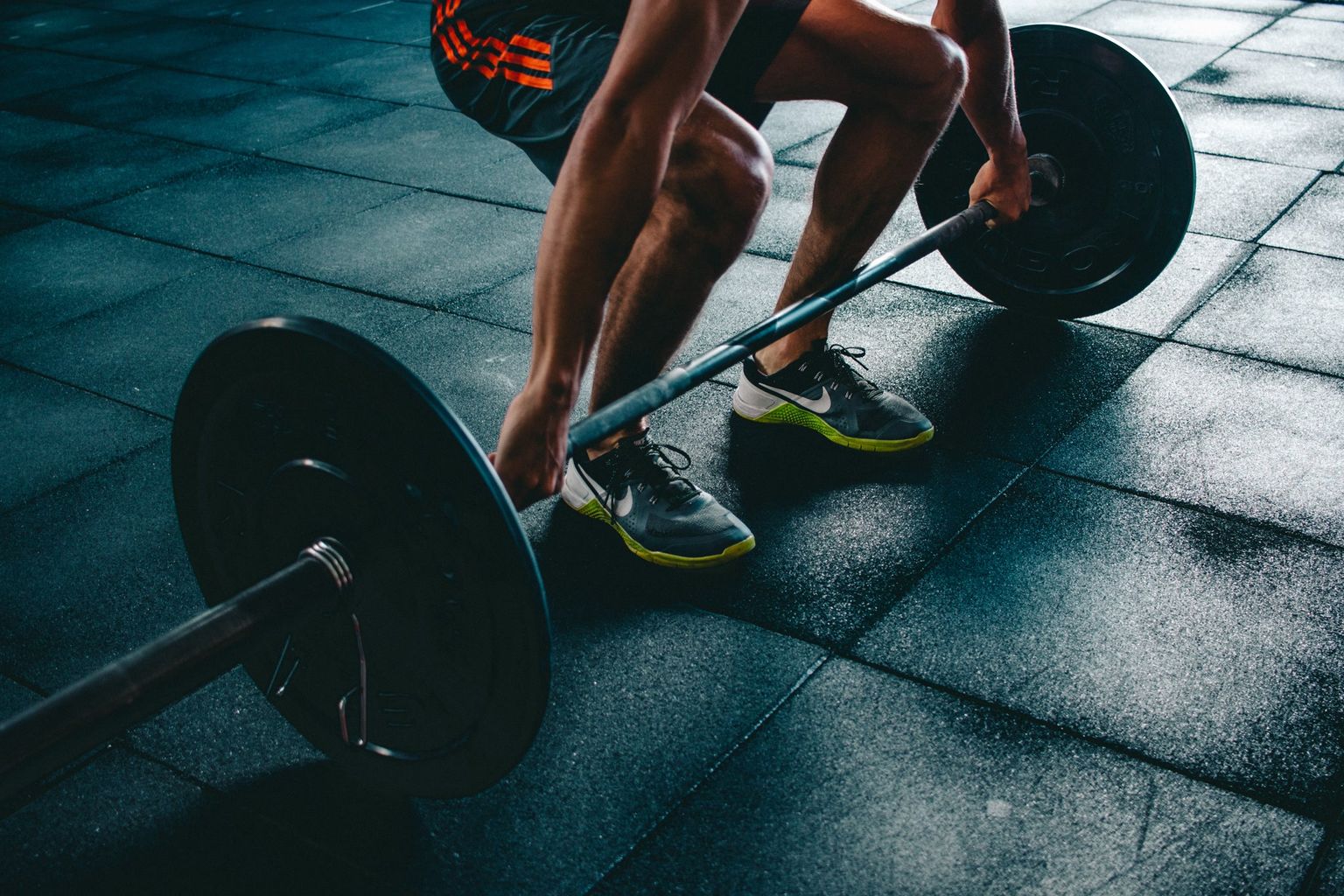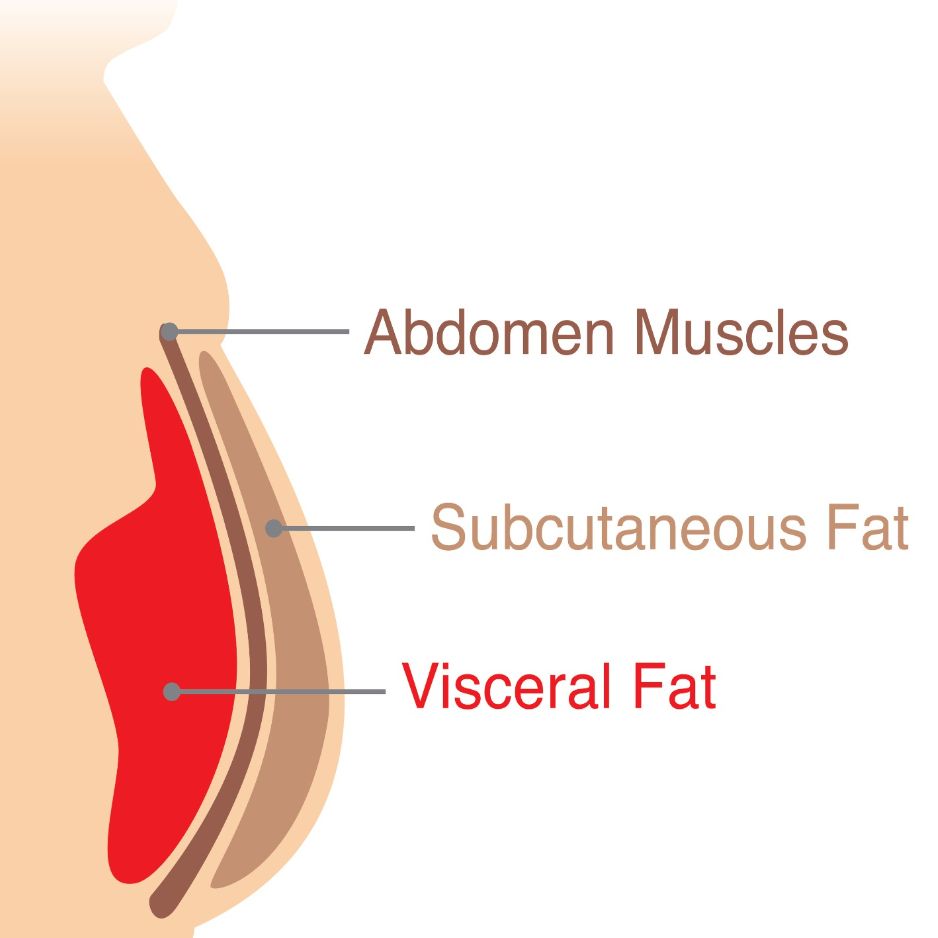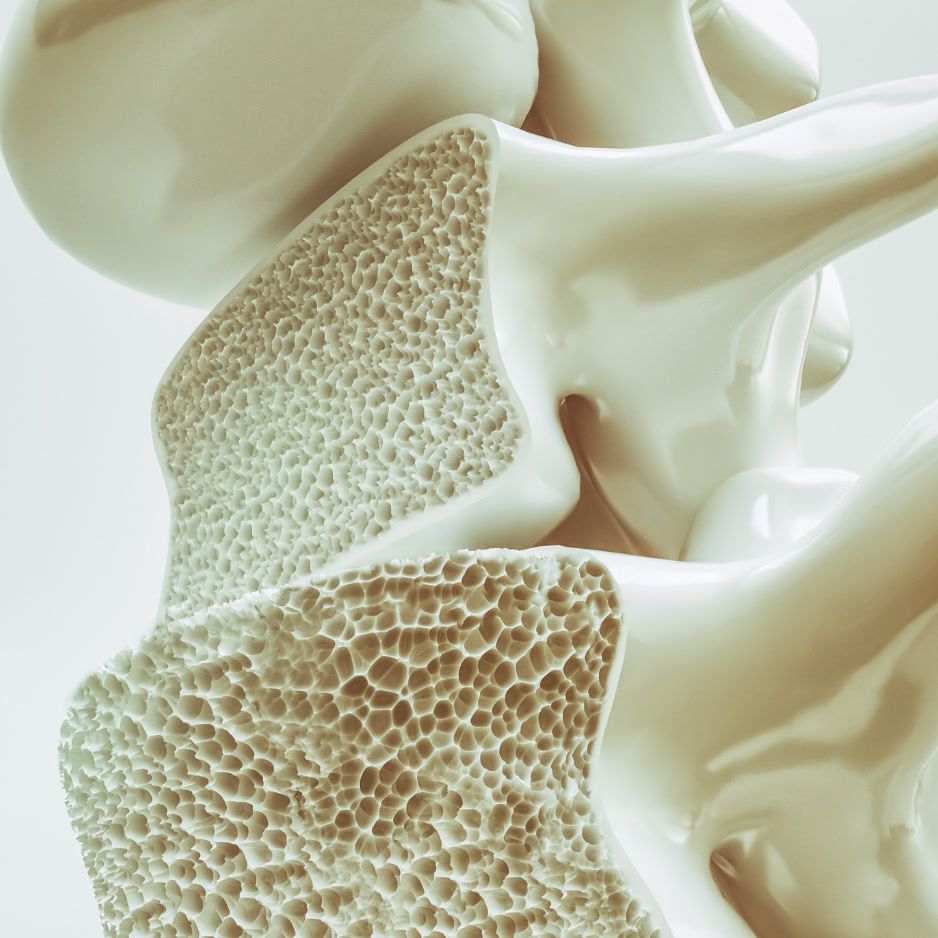Pickleball for Beginners: Rules, Gear, and Basic Skills Guide
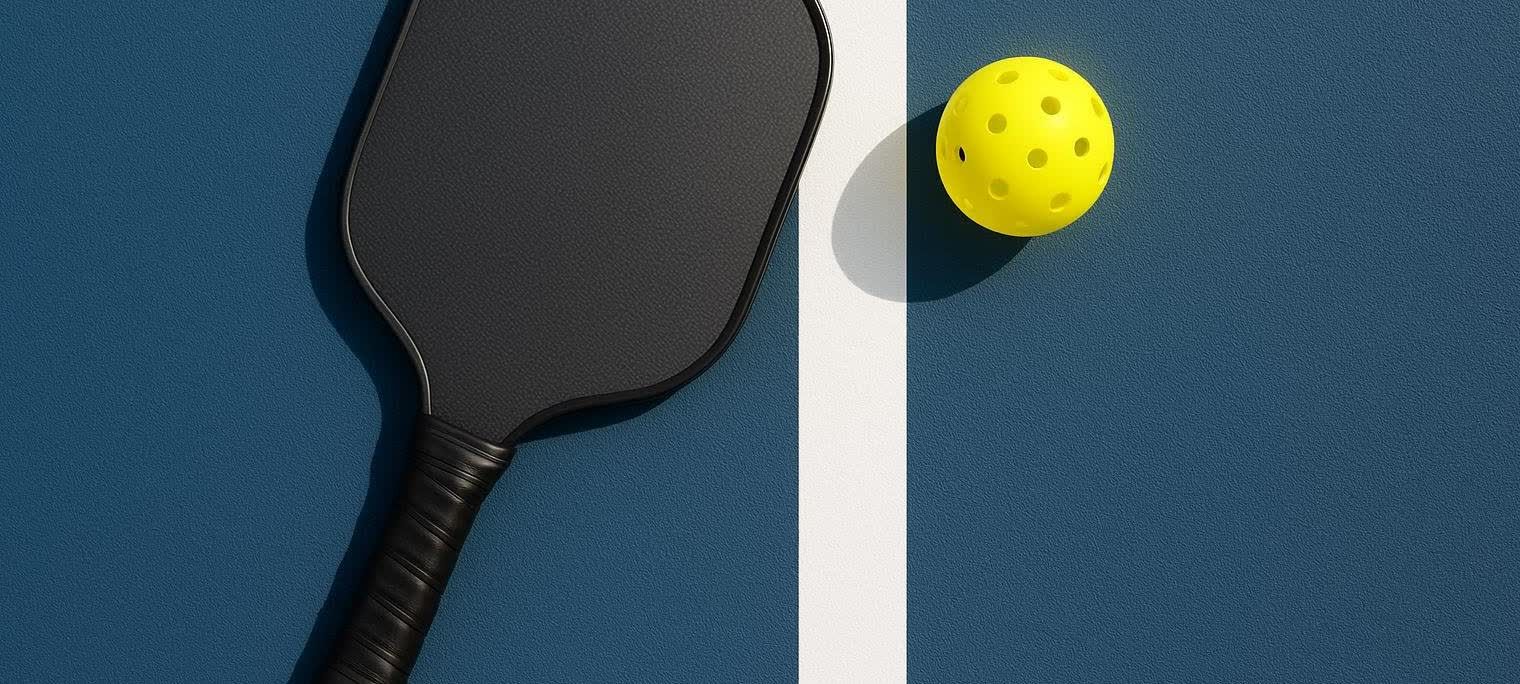
Pickleball for Beginners: A Guide to Rules & Gear
Pickleball participation has exploded—an estimated 13.6 million Americans played in 2023, more than triple the number in 2020 (according to Statista).
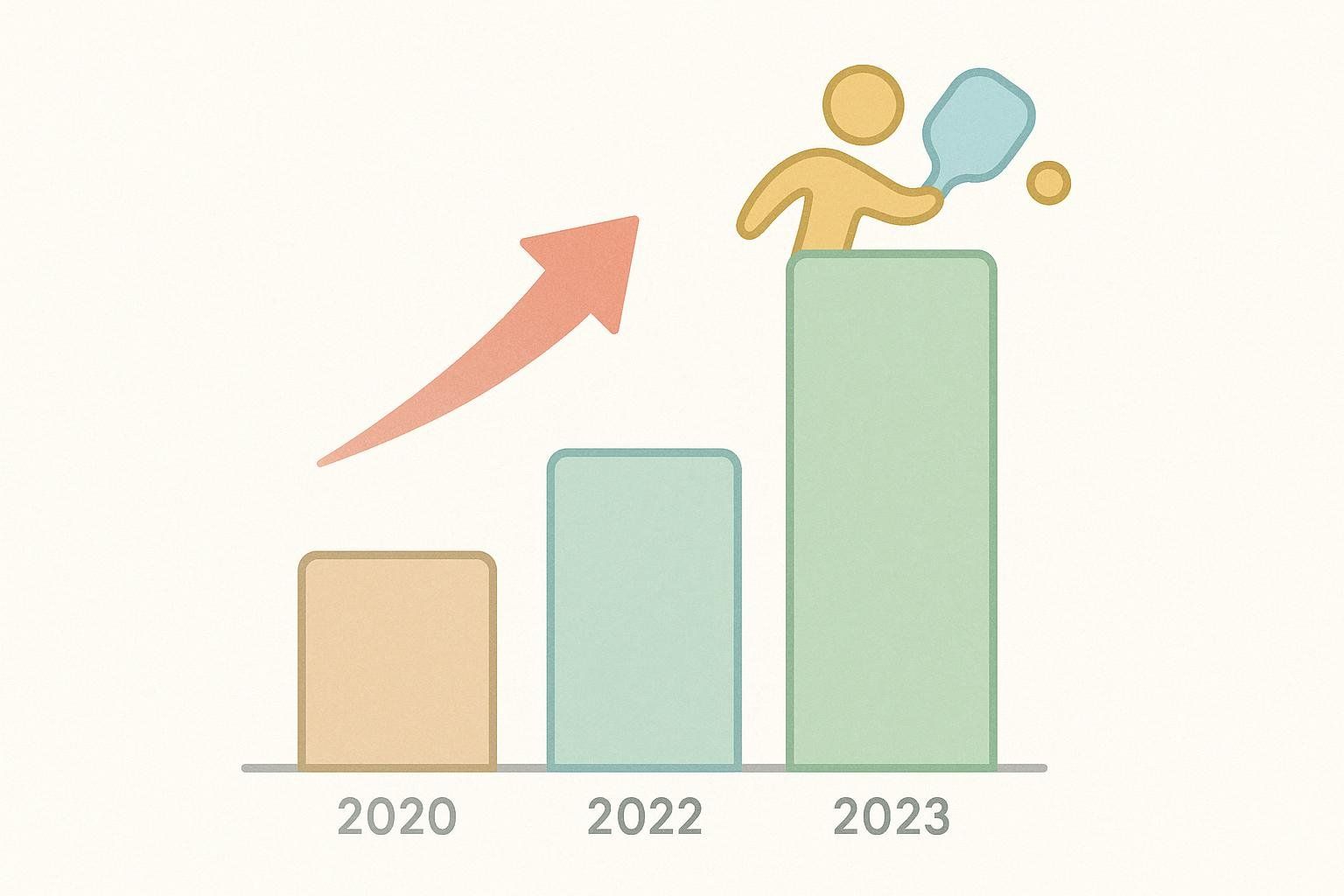
Why the surge? The game is easy to learn, gentle on the joints, and turns almost any hard surface into a court. This guide covers the essentials of how to play pickleball—from rules and gear to basic drills—so you can step onto the court with confidence.
Why Try Pickleball?
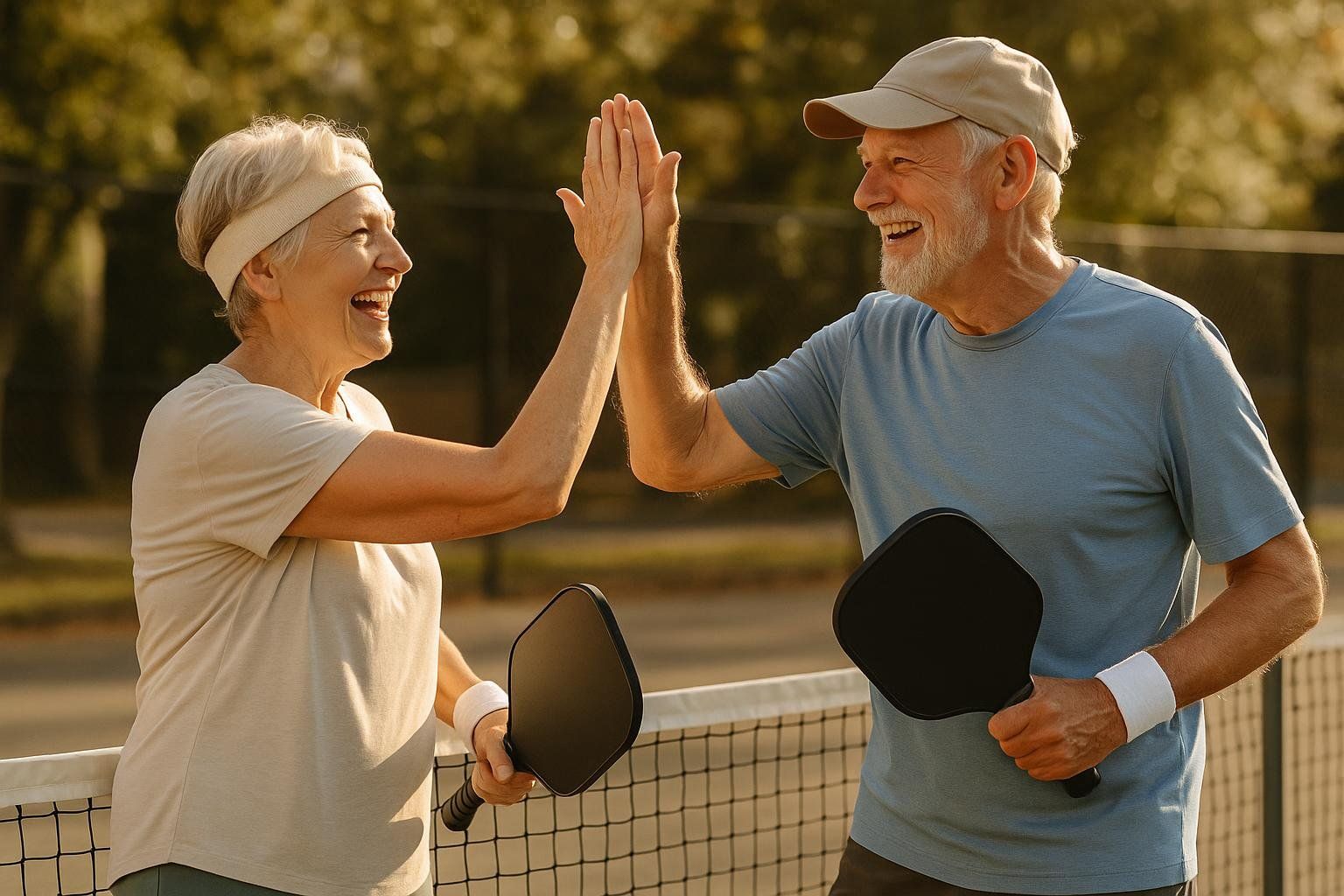
- The learning curve is gentle, and many players find they can start rallying within their first 15 minutes of play.
- Low-impact movement makes it joint-friendly.
- Doubles format keeps the sport social and engaging.
- Starter paddles and balls are affordable.
- You can tape temporary lines and play nearly anywhere.
If you prefer exercise that’s kind to your knees and hips, you might also enjoy our complete low-impact cardio guide.
Pickleball Court Basics
Visualize a badminton-sized rectangle (20 × 44 ft) with a net 34 inches high at center. Key zones:
| Zone | Distance from Net | What Happens Here? |
|---|---|---|
| Non-Volley Zone (“Kitchen”) | 0–7 ft | Volleys are prohibited while any part of you touches this area. Great for soft dinks. |
| Service Area | Behind Kitchen to Baseline | Serves and most groundstrokes land here. |
| Baseline | Back boundary | Safe spot to reset on defense. |
Tip: After serving, hold just behind the baseline until you read the return—crowding the Kitchen too early invites lobs over your head.
Rules & Scoring Made Simple
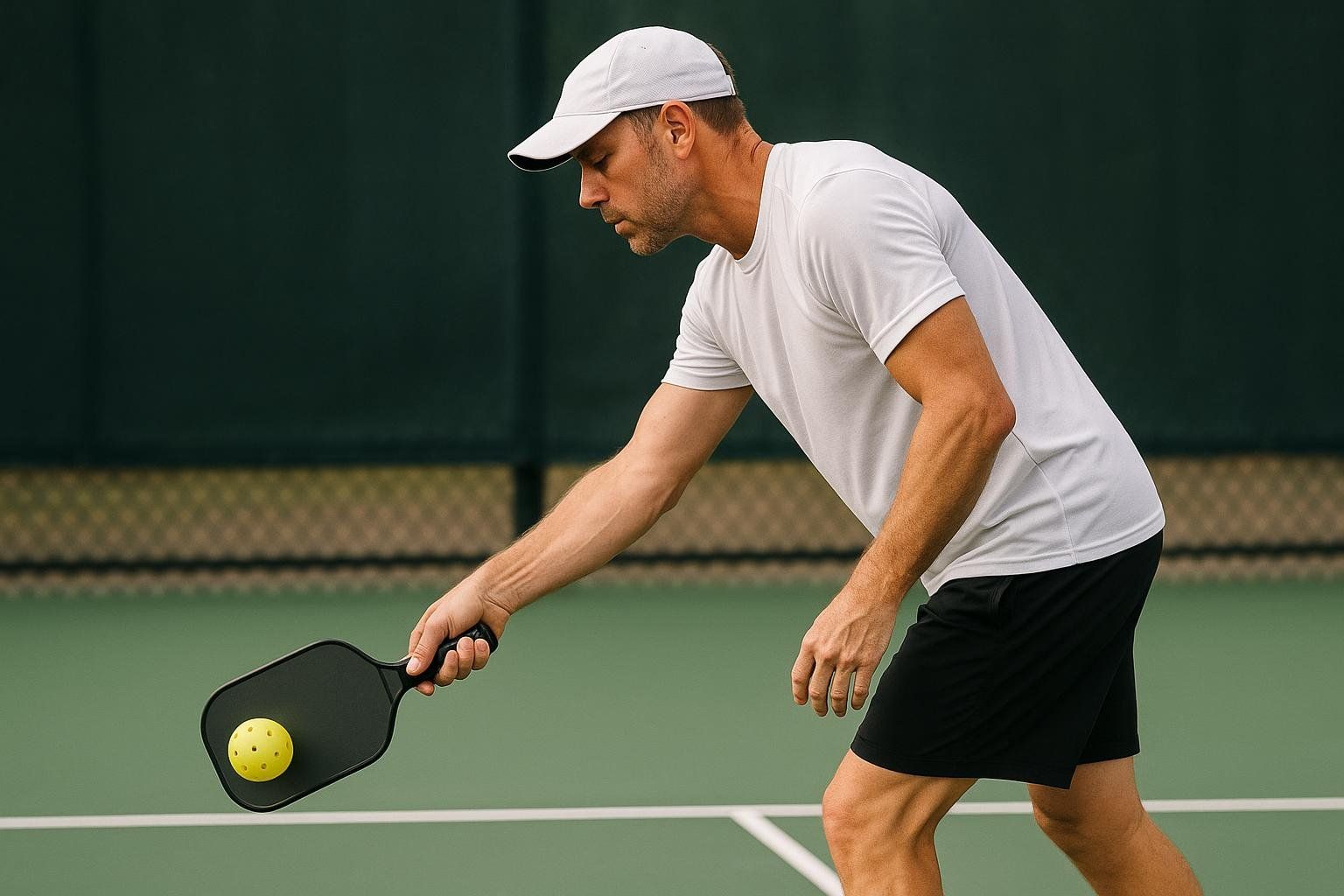
- Underhand, Cross-Court Serve
Serve from behind the baseline, paddle below the waist, and aim diagonally into the opposite service square. - Two-Bounce Rule
The serve must bounce once in the receiver’s court, and the return must bounce once on the serving side before anyone can volley. - Kitchen Rule
You may enter the Kitchen anytime, but you cannot volley while touching it or the line. - Side-Out Scoring
Only the serving side scores. Games are played to 11, win by 2 (USA Pickleball rules summary). - Score Call Format
Announce Server points – Receiver points – Server number (first or second server). Example: “4-6-1.”
Gear Guide: Paddles, Balls & Shoes
Choosing a Paddle
| Feature | Why It Matters | Recommended for Beginners |
|---|---|---|
| Weight (7.3–8.4 oz) | Heavier paddles deliver more power; lighter ones improve control | 7.8–8.0 oz |
| Core Material | Polymer offers a good balance of power and control and is quieter than aluminum or Nomex cores | Polymer honeycomb |
| Grip Comfort | Prevents wrist strain | Snug fit with index-finger gap |
| Surface Texture | Adds spin potential | Graphite or carbon-fiber |
A proper grip size leaves a small gap—about the width of your index finger—between your palm and fingertips when you hold the paddle.
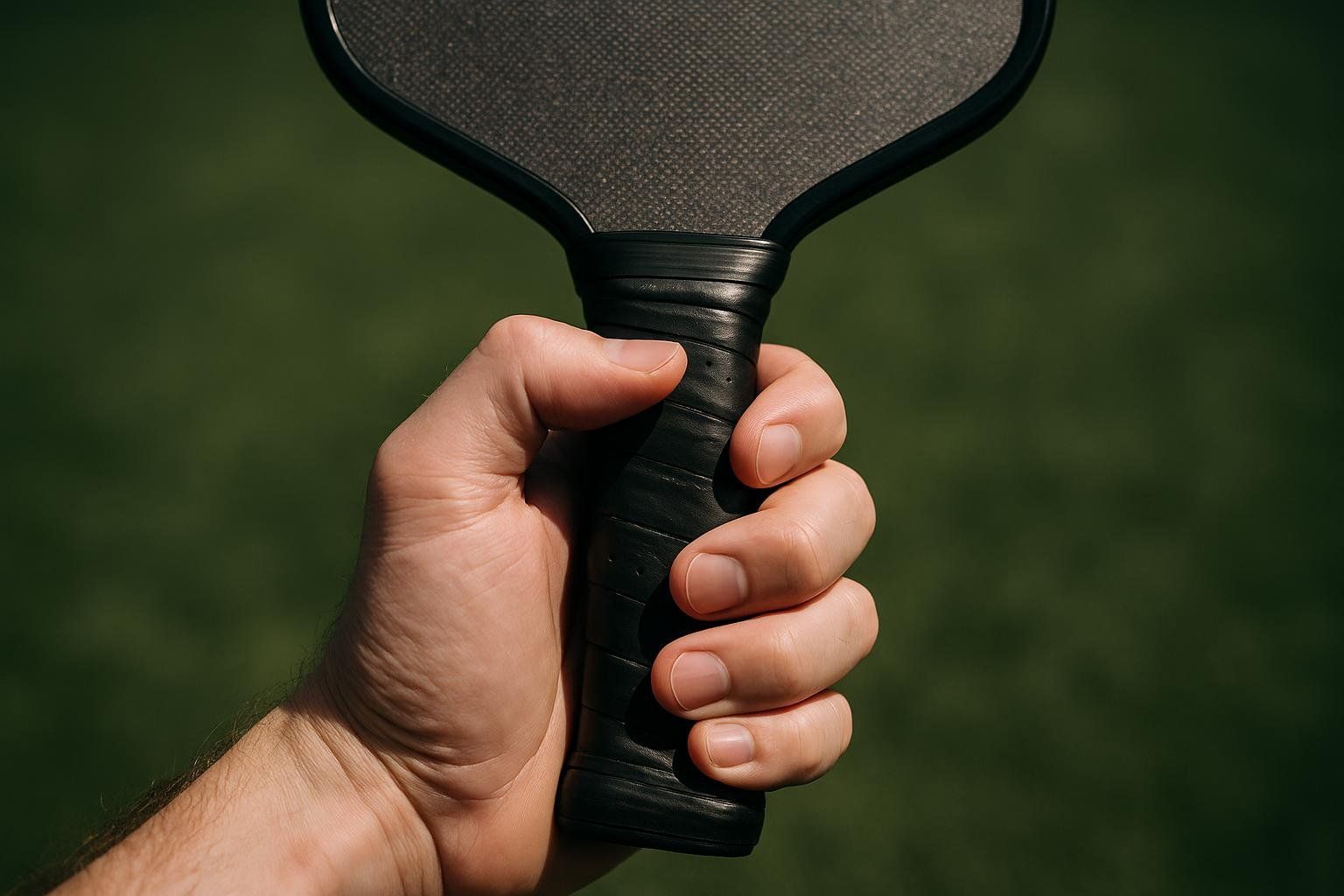
Key decision points for first-time buyers:
- Budget-friendly: Composite models under $70 work well for casual play.
- Tennis background: A slightly heavier paddle (~8 oz) may feel more familiar.
- Sensitive wrists or elbows: Choose a thicker (16 mm) core to dampen vibration.
Selecting Balls
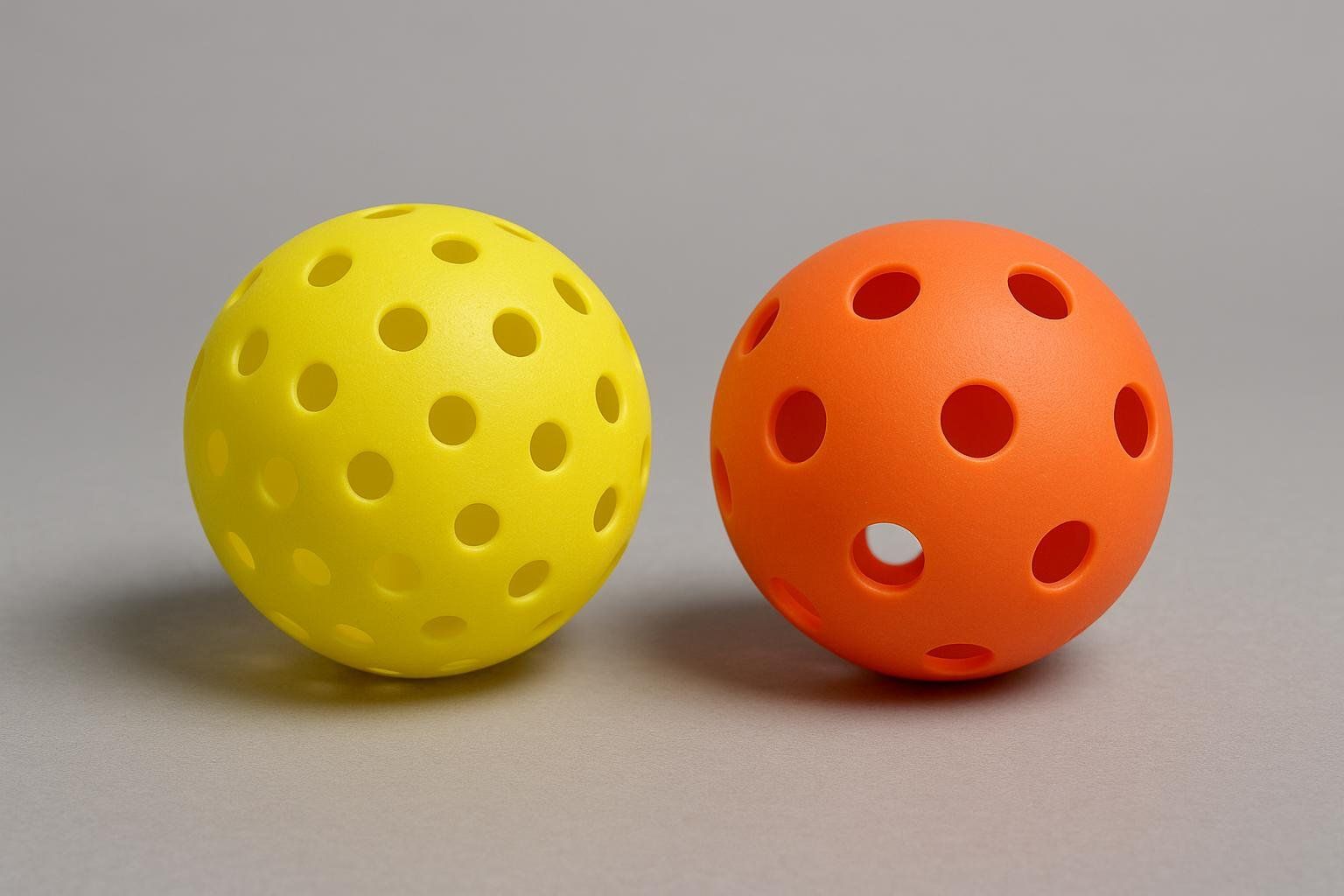
- Indoor balls (26 larger holes) fly slower—easier for control.
- Outdoor balls (40 smaller holes) cut wind and feel faster. Most rec play uses outdoor balls even indoors, as they are more durable and provide a more consistent bounce on typical gym floors.
Footwear
Court shoes (tennis or volleyball) provide the lateral support missing in running shoes and help prevent ankle sprains.
Warm-Up & Mobility: Stay Injury-Free
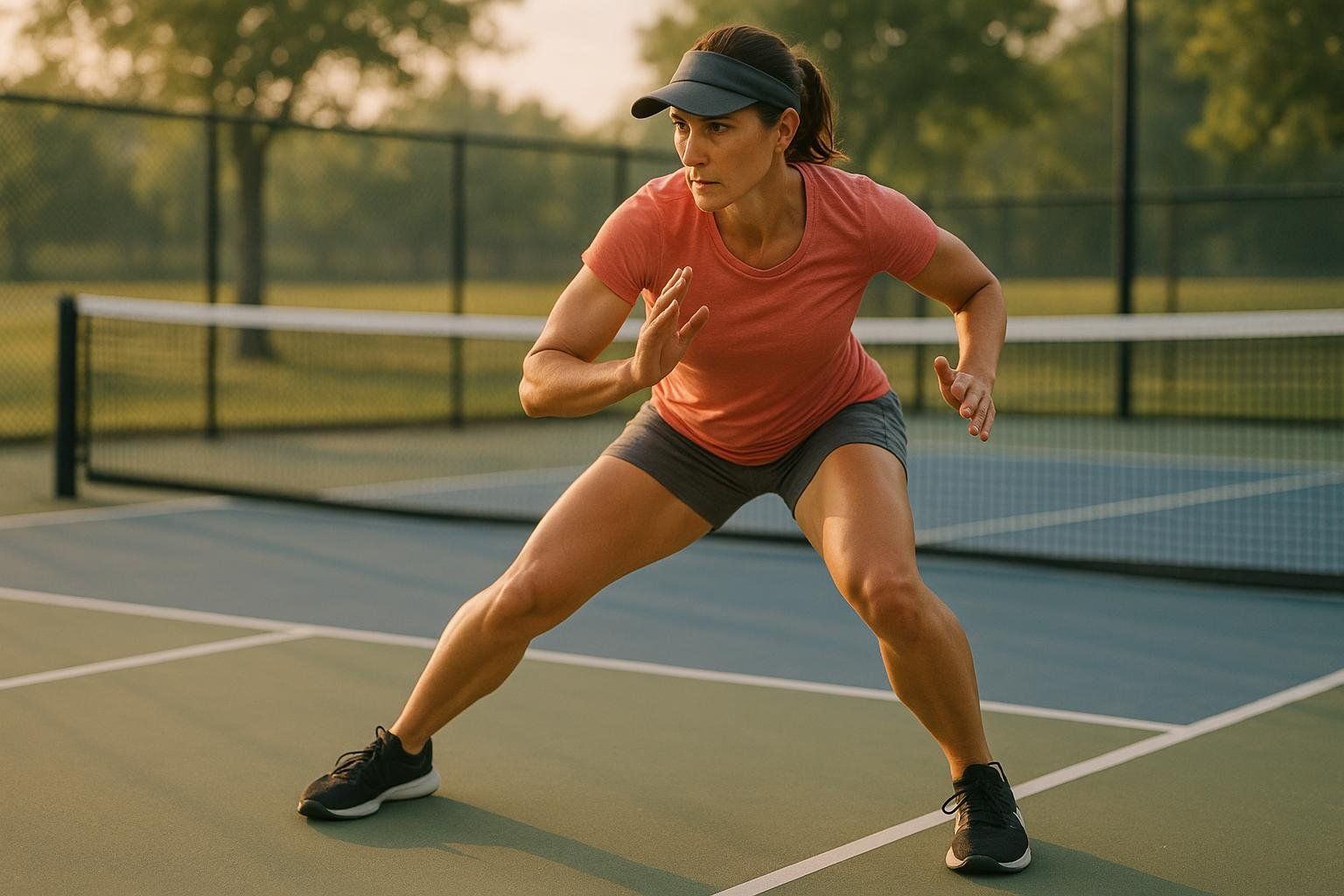
Pickleball’s quick stops and starts can strain knees, Achilles tendons, and shoulders. Prepare with this five-minute sequence:
- Dynamic high-knees and butt kicks (60 seconds each)
- Lateral shuffles (2 × 20 ft)
- Arm circles and shoulder rolls (30 seconds each)
- Mini-band glute walks (2 × 10 steps each side)
- Ankle and calf mobility drills
For additional ideas, incorporate these mobility drills to keep your joints happy.
Core Techniques & Beginner Drills
| Skill | Drill | Success Goal |
|---|---|---|
| Serve | Aim 10 serves at the back third of the service square | Land 7/10 in-bounds |
| Return | Partner feeds deep balls; you drive back middle | Land 6/10 returns past the kitchen line |
| Dink | Kitchen-to-Kitchen rallies | 10-shot rally |
| Third-Shot Drop | From baseline, practice soft drops into the opponent's Kitchen | Land 5 of 10 drops inside the Kitchen |
| Volley Reflexes | Stand 6 ft from wall, volley continuously | Complete 20 consecutive volleys against the wall |
Sample 20-Minute Beginner Practice Routine
- Minutes 0–5: Dynamic warm-up (see above)
- Minutes 5–9: Serve practice on both sides of the court
- Minutes 9–13: Return-of-serve depth drill
- Minutes 13–17: Dink exchanges at the Kitchen line
- Minutes 17–20: Cool-down walk and static stretching
Beginner FAQ
What exactly is the Kitchen?
It’s a 7-ft non-volley zone on each side of the net. Volleys are illegal while touching it or the line.
Can I play singles?
Yes. Use the same court size, ignore the “second server,” and play to 11, win by 2.
Why only the server scores?
Side-out scoring rewards consistent serving and keeps games competitive. Some tournaments use rally scoring, but traditional play remains popular for beginners.
Do I need eye protection?
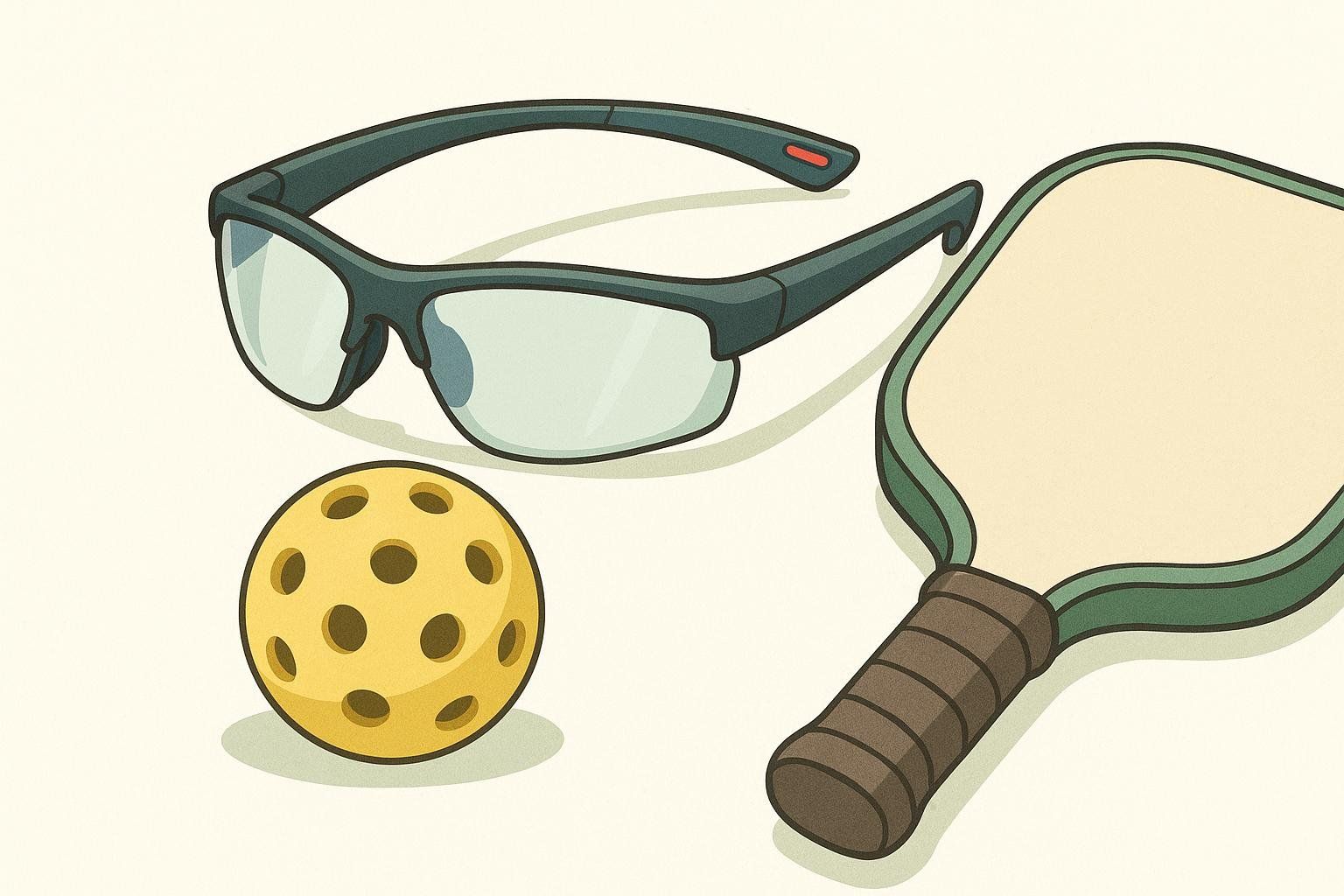
Highly recommended—volleys at the Kitchen line come fast, leaving little reaction time.
Best way to find local play?
Search “pickleball + your city rec center” or explore the Places2Play map on USA Pickleball.
Tracking Your Fitness Gains from Pickleball
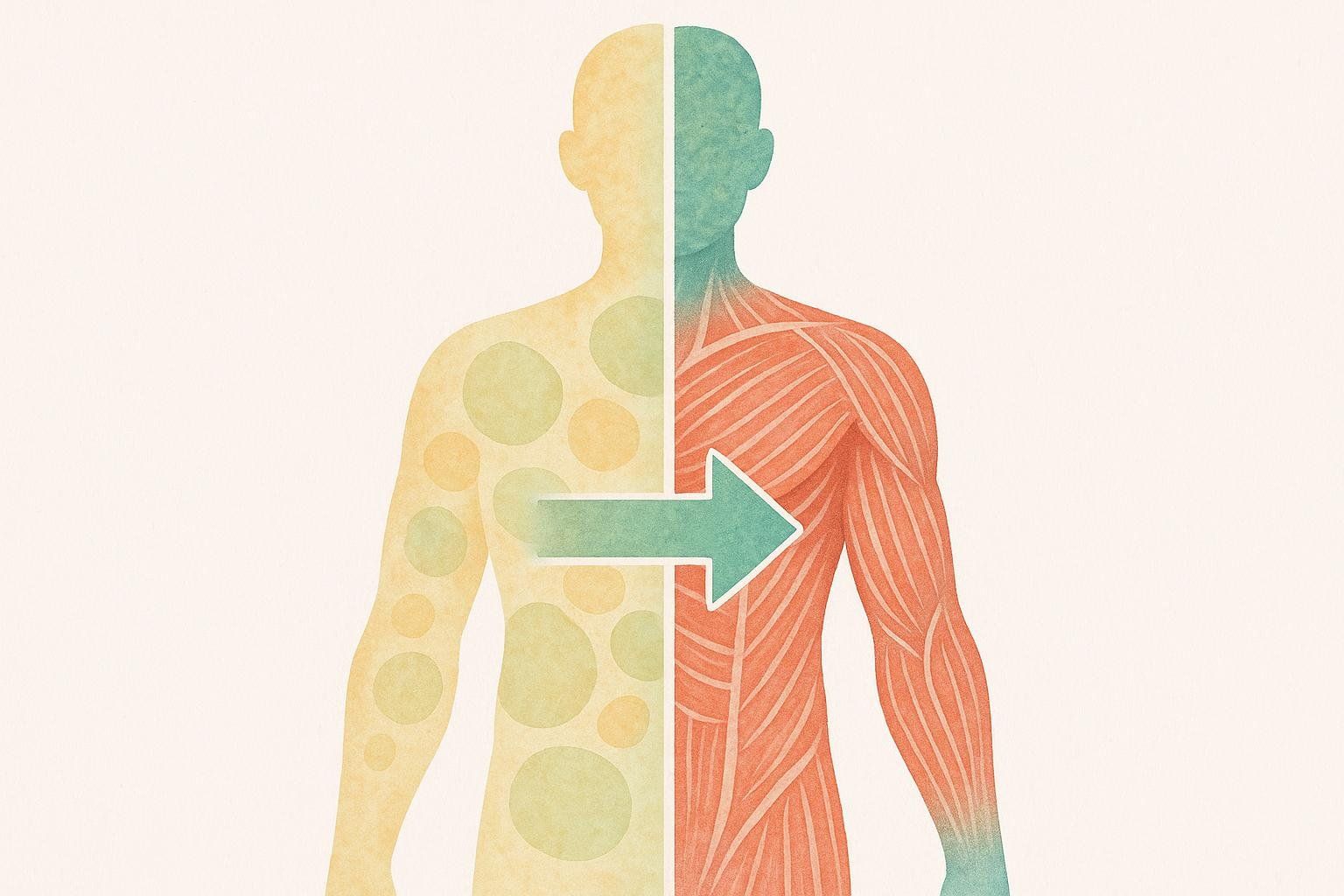
To measure the impact of your new routine beyond the scale, a DEXA scan provides a precise breakdown of body composition. This lets you see specific changes in muscle, fat, and bone density over time:
- Lean vs. fat mass: Track muscle gains in your legs and shoulders while monitoring reductions in visceral fat.
- Bone density: The weight-bearing nature of pickleball helps maintain bone density, an important benefit a DEXA scan can track over time.
- Goal-specific feedback: Compare scans every 3–6 months to fine-tune training and recovery.
New to DEXA technology? Check out our explainer on how DEXA scans measure body composition. Then schedule a baseline scan to document where you’re starting from—so you can celebrate every muscle gram earned and every fat gram lost.
Your Next Steps
- Create a personal cheat-sheet with a rules summary, score-calling chart, and practice log to keep handy on the court.
- Brush up on court etiquette—calling the score loudly, offering new balls when one cracks, and rolling stray balls behind opponents keep games friendly.
- Consider adding two strength sessions per week to support joint health and shot power; our beginner strength program lays out simple routines.
- Book your baseline DEXA scan to monitor body composition gains from your pickleball sessions.
- Watch a professional match online to pick up strategy ideas and see advanced shot selection in action.
Pickleball’s meteoric rise shows no sign of slowing. With the essentials above plus data-driven feedback from DEXA, you’re ready to join the fun—paddle up and enjoy your first game!
